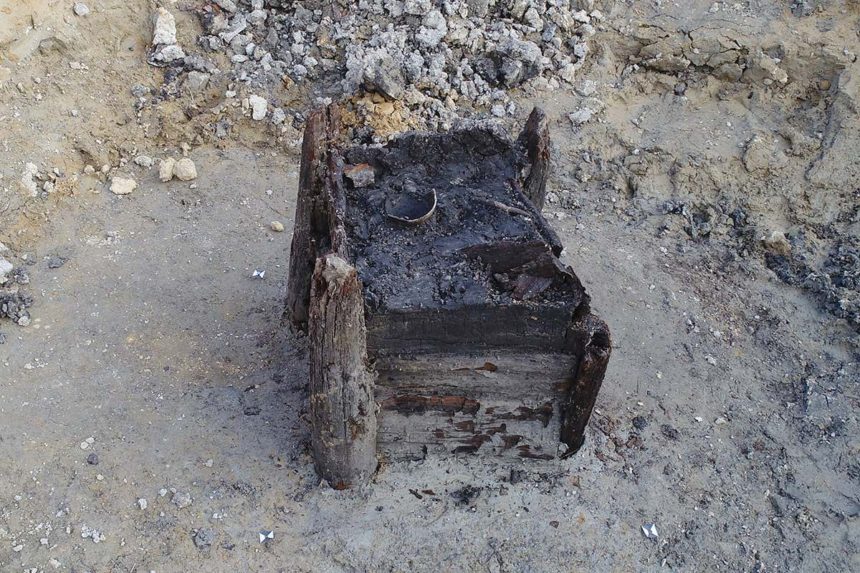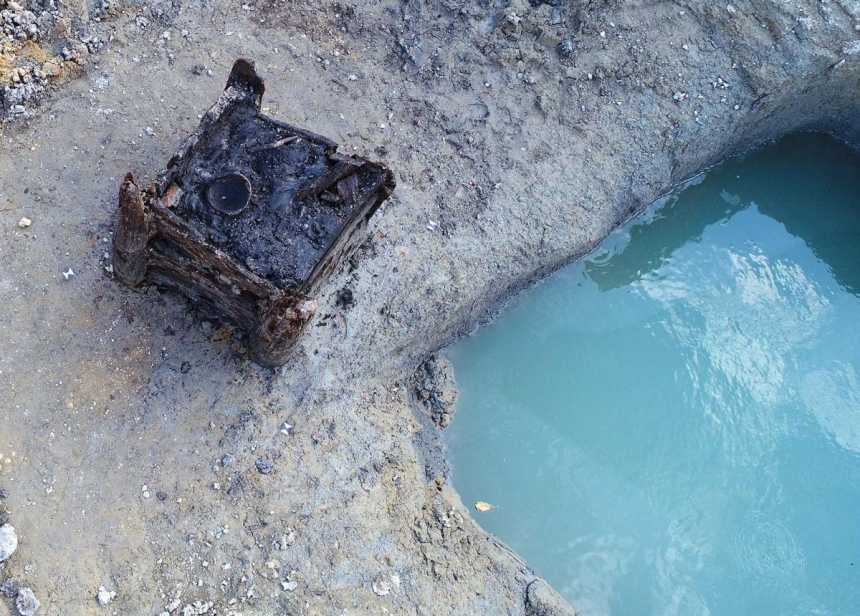Archaeologists have discovered a 7,000-year-old Neolithic well in eastern Europe, which they believe is the oldest wooden structure in the world.
The structure was first uncovered by construction workers in 2018 in Ostrov, between the regions of Bohemia and Moravia. Archaeologists analyzed the growth rings in the wood — a process known as dendrochronology — and concluded it was built out of oak that was cut down around 5255 B.C.
The well’s age makes it the oldest dendrochronologically dated archaeological wooden construction worldwide, according to the researchers in the Czech Republic.”
The well was only preserved because it had been underwater for centuries. Now we cannot let it dry out, or the well would be destroyed,” Karol Bayer of the University of Pardubice’s Department of Restoration said in a press release.
Researchers are developing a process to dry the wood and preserve it without deformation using sugar to reinforce the wood’s cellular structure.
“It is interesting that the corner posts were made of previously felled trunks, namely from the trunk which had been cut in the autumn or winter 5259 B.C. or the winter of early 5258 B.C.,” said Michal Rybníček of the Department of Wood Science at Mendel University.

The well measures about 55 inches in height, with a square base of about 32 by 32 inches. The design reveals that Neolithic people were capable of more advanced architectural techniques than previously thought.
The design consists of grooved corner posts with inserted planks. This type of construction reveals advanced technical know-how and, till now, is the only known type from this region and time period,” the authors wrote.
According to experts, the well indicates that whoever built it was able to process the surface of felled trunks with utmost precision, given that they only had tools made of stone, bone, horn, or wood.
During a preliminary analysis, experts found evidence of many invertebrate animals and small vertebrate bones, shellfish, crustacean eggs and insects. Researchers were also able to deduce some information on the environment and economy of these farmers after identifying the residue of crop plant species, including prehistoric wheat, flax and opium poppy.
It is the third well from the early Neolithic period found in the Czech Republic in the past four years.


